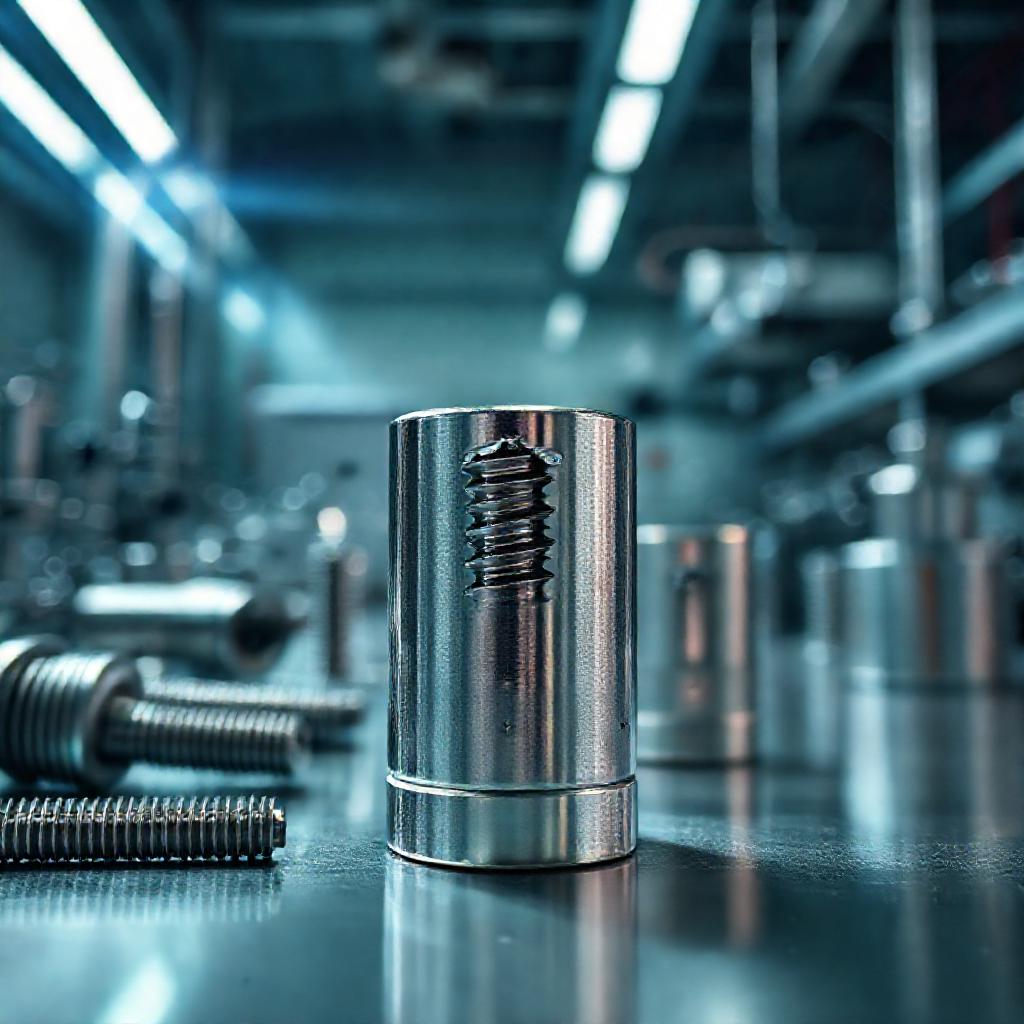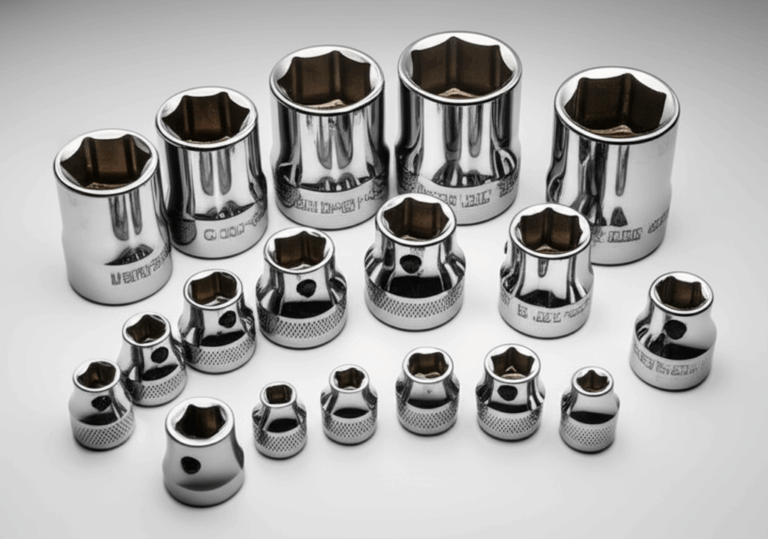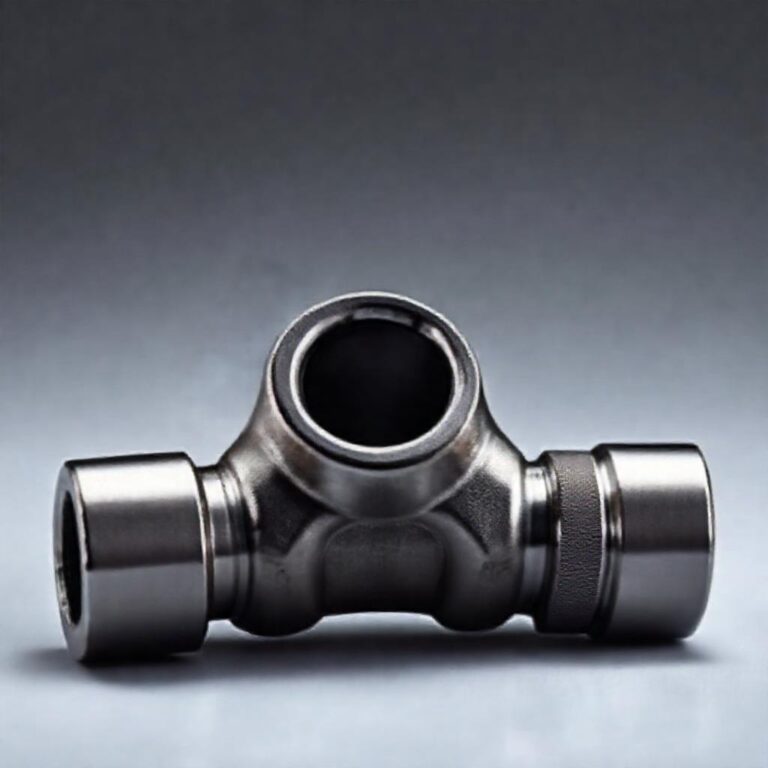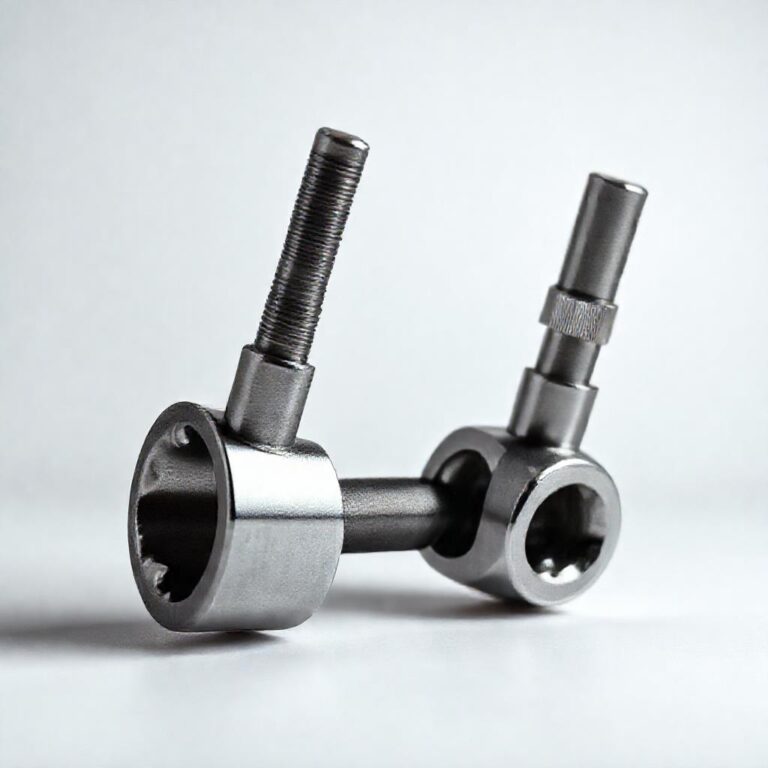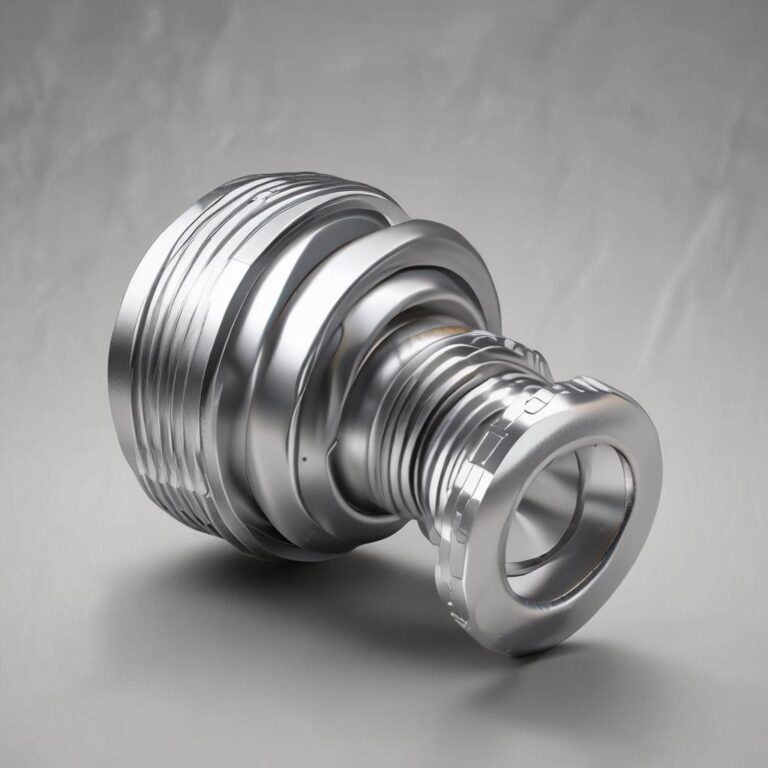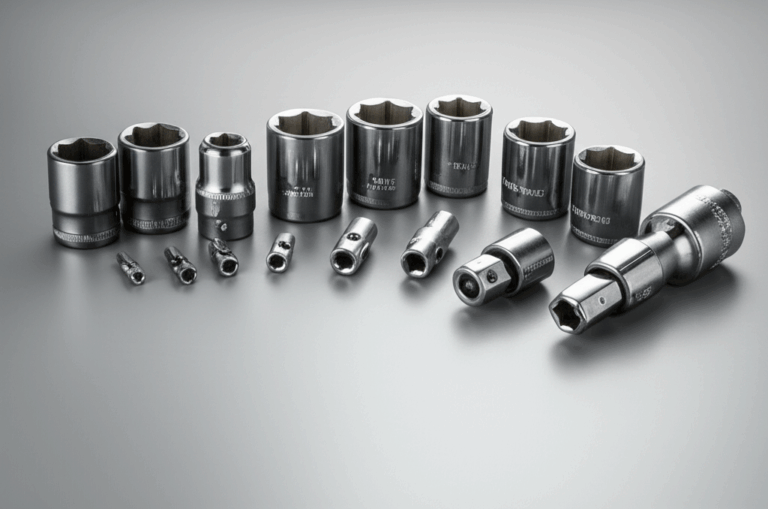Socket Head Cap Screw Torque Chart
Socket head cap screws (SHCS) are a staple in engineering and manufacturing, known for their high strength, compact design, and versatility. From automotive engines to aerospace components, these screws play a critical role in ensuring the integrity of mechanical assemblies. However, their performance hinges on one key factor: proper torque application. Incorrect torque can lead to stripped threads, loosening, or even catastrophic failure. This is where a socket head cap screw torque chart becomes indispensable. By providing precise torque specifications, these charts enable engineers, mechanics, and DIY enthusiasts to achieve optimal clamping force, ensuring safety and reliability in every application.
Understanding Socket Head Cap Screws and Torque Basics
What Are Socket Head Cap Screws?
Socket head cap screws feature a cylindrical head with a hexagonal socket, allowing for high torque application with minimal space requirements. They come in a range of sizes, from 4-40 to 1/2-13, and are made from materials like steel, stainless steel, and titanium. Their design offers advantages such as high tensile strength, resistance to vibration, and the ability to withstand heavy loads, making them ideal for demanding applications.
The Role of Torque in Fastener Applications
Torque, measured in units like lb-ft or Nm, is the rotational force applied to tighten a screw. It directly influences the clamping force, which holds components together. Proper torque ensures the screw remains secure without overloading the threads or causing damage. Adhering to torque specifications is crucial for maintaining the integrity of the joint and preventing mechanical failures.
Socket Head Cap Screw Torque Chart: A Comprehensive Guide
Standard Torque Values by Screw Size (Imperial/Metric)
Here’s an example of torque values for common screw sizes:
- 4-40: 0.7-1.0 Nm
- M3: 1.5-2.0 Nm
- 1/4-20: 5.0-7.0 Nm
Note that these values may vary based on the material grade, such as Grade 5 or Grade 8 steel.
Torque Recommendations for Different Materials
Different materials require specific torque values:
- Steel screws: SAE J429 Grade 5 or Grade 8 torque ranges.
- Stainless steel screws: Adjust for corrosion resistance and lower friction.
- Titanium screws: Higher torque for lightweight, high-strength applications.
How to Read and Use a Socket Head Cap Screw Torque Chart
To use a torque chart effectively, follow these steps:
- Identify the screw size and material.
- Locate the corresponding torque value in the chart.
- Use a calibrated torque wrench to apply the correct force.
- Adjust for lubrication or environmental conditions if necessary.
Factors Influencing Torque Values for Socket Head Cap Screws
Material Type and Grade
The material’s tensile strength and elasticity determine the required torque. Hardened materials like Grade 8 steel need higher torque, while softer materials require less.
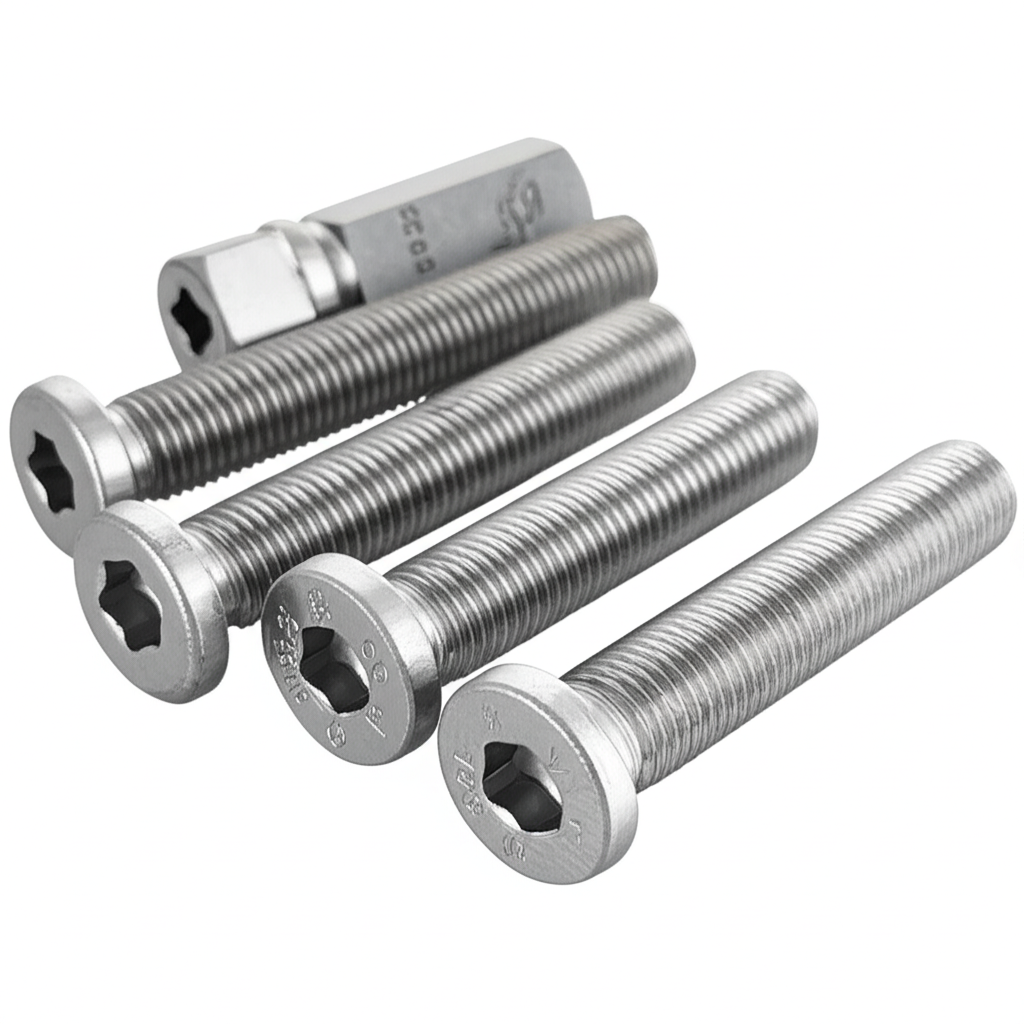
Thread Condition and Lubrication
Lubricated threads reduce friction, allowing for lower torque application. Always adjust torque values when using lubricants to avoid over-tightening.
Environmental Conditions
Extreme temperatures or exposure to chemicals can affect torque requirements. Outdoor applications may need adjustments to account for weather conditions.
Application-Specific Requirements
Critical joints, such as those in aerospace or automotive systems, often follow stricter torque guidelines based on industry standards like ASME or ISO.
Best Practices for Using Socket Head Cap Screw Torque Charts
How to Select the Right Torque Chart
Always choose a chart that matches the screw size, material, and application. Reliable sources include manufacturer websites and engineering handbooks.
Calibrating Tools for Accuracy
Regularly calibrate your torque wrench to ensure precision. Follow manufacturer guidelines for maintenance and calibration frequency.
Real-World Use Cases and Examples
For example, a bicycle crank assembly may require 10-12 Nm, while automotive suspension components might need 20-30 Nm, depending on the screw size and material.
Common Mistakes to Avoid
Avoid guessing torque values, ignoring thread lubrication, or using contaminated screws, as these can compromise the joint’s integrity.
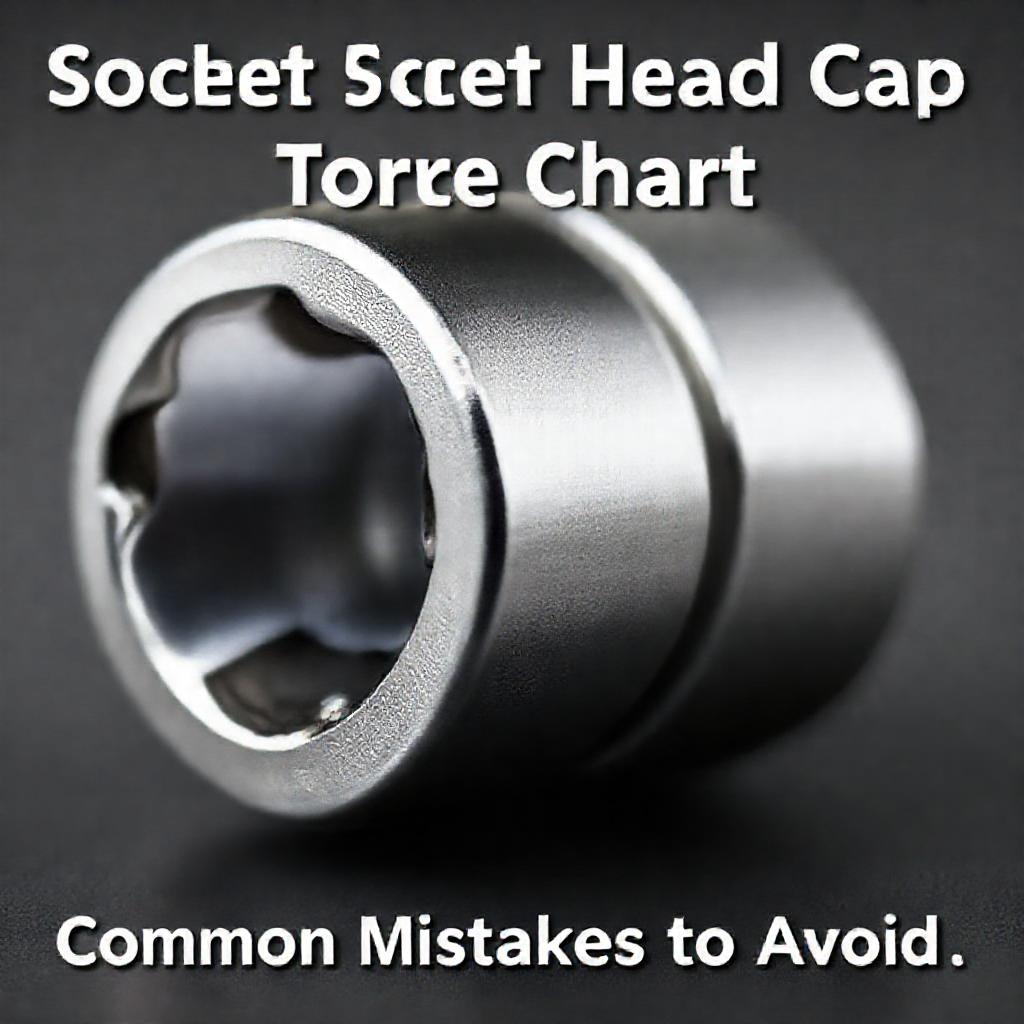
Conclusion: Ensuring Precision and Safety with Torque Charts
Using a socket head cap screw torque chart is essential for achieving precise and safe fastening. By adhering to these guidelines, you can prevent mechanical failures and ensure the reliability of your assemblies. Always consult manufacturer specifications or industry standards for the most accurate torque values.
FAQ Section: Socket Head Cap Screw Torque Chart
Why is torque critical for socket head cap screws?
Proper torque ensures the correct clamping force, prevents thread damage, and distributes loads evenly across the joint.
Where can I find a reliable socket head cap screw torque chart?
Reliable sources include manufacturer websites, engineering databases, and standards like SAE or ASTM.
Does lubrication affect torque values for SHCS?
Yes, lubrication reduces friction, so torque values must be adjusted to avoid over-tightening.
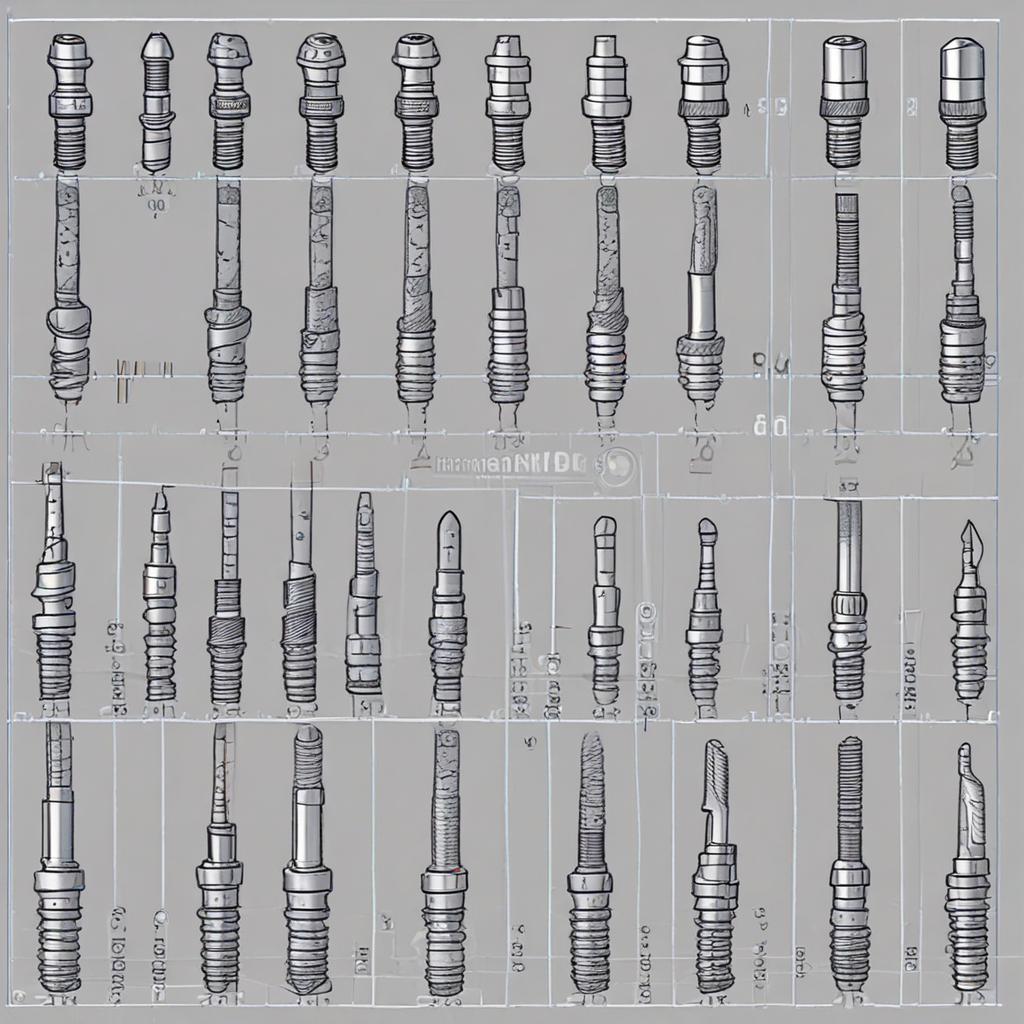
Are torque charts universal for all socket head cap screws?
No, torque charts must match the screw’s size, material, and application for accurate results.
What happens if I over-tighten a socket head cap screw?
Over-tightening can strip threads, weaken the screw, or damage the joint, leading to potential failure.

